The journey of the Statistical Analysis System’s development began when Anthony James Barr and James Howard Goodnight teamed up at North Carolina State University. In 1966, Goodnight and Barr created a software regression routine that would run on their IBM operating system. The SAS was born. The project, funded by the National Institutes of Health, was primarily intended to improve crop yields through agricultural data analysis.
Later in 1976, they moved the project to the SAS Institute where it was redesigned with open architecture. Today, SAS is one of the most commonly used statistical analysis software packages in industry and academia.
In this article, we’ll explain what SAS is, how to learn SAS, and share some of the best SAS training and courses you can enroll in.
What Is SAS?
SAS is an integrated statistical software suite used for data management, business intelligence, predictive analytics, and advanced analytics.
Companies, data scientists, and analysts use SAS to manage their data, build reports and applications, as well as perform modeling. SAS is used in a host of areas. For example, analysts use SAS when dealing with data in business analytics, intelligence, and finance. Recently it has also made its way into machine learning and big-data analysis.
What Is SAS Used For?
SAS can be utilized for data mining, predictive analysis, data management, and visual analytics. The software can use a graphical interface or the language Base SAS. Keep reading to see just how powerful SAS is.
- Manages data. Managing and updating existing data is one of the essential functions of SAS. The program helps to strategize, integrate, and access and store data for data analysis.
- Analyzes data. SAS provides tools to analyze data sets. These include descriptive statistics, predictive analysis, analysis of variance, regression analysis, and categorical data analysis.
- Creates reports. It presents data in meaningful reports. SAS creates reports and tables using PROC REPORT and PROC TABULATE. Reports can be saved in different formats such as RTF, HTML, and PDF.
- Develops applications. SAS can even develop graphical user interfaces (GUI) and enhance applications using SAS Component Language (SCL).
- Improves quality. At the end of the day, SAS produces quality data and solutions. With this program, you can identify issues in your business or organization earlier and increase your profitability. That’s why it’s so popular.
Type of SAS Components
There are more than 200 components available in SAS. Let’s look at some of them below.
Base SAS
Base SAS is at the core of the SAS ecosystem. It includes basic procedures and management for data analysis. Base SAS is designed to transform, access, and analyze data including though data manipulation, information storage, and report writing. It also helps streamline programming tasks.
SAS/STAT
Statistical analysis involves collecting, reporting, and analyzing a large amount of data to discover results or trends. You can see its application in research, technology, and finance. The types of analysis done include regression, mixed model, multivariate, and variance.
SAS/OR
SAS operations research is used to study and analyze problems involving complex systems. It is used in program management to create solutions in the form of GANTT charts. You can also find its application in linear programming and in solving network problems.
SAS/GRAPH
SAS GRAPHS allow you to create powerful visualizations using graphs, presentations, and charts. These visuals provide a better understanding of the data and showcases results in a user-friendly format.
Learning SAS
Data management and data analysis are critical in learning SAS. This field can be a great career path for you as it helps companies create effective data solutions and produce innovative results while keeping processes cost-effective.
How Long Does It Take to Learn SAS?
Depending on your level of knowledge, SAS can take around a few months to years to learn. But don’t be intimidated. You can learn more about SAS by enrolling in certification programs, degree programs, or even short online courses. Many colleges and universities in the US offer courses and degrees in this field.
How to Learn SAS: Step-by-Step
Follow this step-by-step guide to begin your journey in mastering SAS.
- Download SAS studio. Download and install the free SAS university edition software. The SAS software is used by thousands of teachers, professionals, and students all over the world.
- Learn SAS interface. The SAS interface is pretty simple and easy to grasp. Become familiar with this feature before you start any programming.
- Enroll in free courses. There are two online courses you can enroll in: SAS for analytics and programming in SAS. Both are free and will provide you with information on linear regression, t-tests, ANOVA, as well as guide you through the process of learning programming.
- Create projects. Use open-source data resources to create your own projects. Utilize the knowledge you have gained from courses to apply to your projects.
- Practice. Practice always helps! Make sure you keep learning and put your knowledge to practice. Take SAS online quizzes to test your understanding.
The Best SAS Courses and Training

Enroll in a SAS course or training to begin your career in the field. Below are some of the best SAS courses and training available.
Best In-person SAS Classes
Here are some in-person classes that you can enroll in.
SAS Institute
- Course: SAS® Enterprise Guide® 1: Querying and Reporting
- Where: Available on-site and online
- Time: 2 days
- Prerequisites: Familiarity with Windows, Microsoft Office, and Excel
- Price: $600
This course is designed for students who do not have prior experience in SAS programming but need to learn about summarizing data and presenting results through reports and graphs.
SAS Institute
- Course: Essential Data Analysis Using SAS® Studio Tasks
- Where: Available in-person and online
- Time: 0.5 days
- Prerequisites: Familiarity with basic SAS DATA step programming
- Price: Not listed
This course provides introductory knowledge of data analysis using SAS Studio.
You will learn statistical terms, differences in variable types, as well as levels of measurement.
Best Online SAS Classes
Here are some online SAS classes that you can enroll in today.
Coursera
- Course: Data Analysis and Interpretation Specialization
- Where: Online
- Time: 5 months
- Prerequisites: None
- Price: $39-79 per month
This specialization course will help you become an expert in five months through four project-based courses. Using either SAS or by learning Python, you will explore basic data-science tools like data management and visualization, modeling, and machine learning.
Udemy
- Course: Logistic Regression using SAS
- Where: Online
- Time: 30 hours
- Prerequisites: Basic knowledge of SAS
- Price: $16.99
This course is great for students, analysts, and statisticians. Here you’ll learn how to clarify data, decide on a performance window, and validate a model.
SAS Institute
- Course: SAS® Office Analytics: Getting Started
- Where: Online
- Time: 7 hours
- Prerequisites: Some experience using Microsoft Office is helpful
- Price: $390
This course will teach students the basics of accessing and analyzing data using SAS Office Analytics. You will learn how to create basic analysis and reports using SAS Add-In for Microsoft Office and the SAS Enterprise Guide. This guide includes annotatable course notes and virtual lab time for practice.
Best Free SAS Courses
Let us now take a look at some of the best free SAS courses offered online.
SASCRUNCH
- Training: SASCRUNCH training
- Where: Online
- Time: Self-paced
- Prerequisites: Download and install SAS studio or SAS base program
- Price: FREE
This course is the first part of the SAS Certified Specialist Exam Training Program. You will have access to 90+ training modules, 150+ practice exercises, and five coding projects. This is a great addition to your portfolio.
SAS Institute
- Course: Introduction to Statistical Concepts
- Where: Online
- Time: 6 hours
- Prerequisites: None
- Price: FREE
This course provides basic knowledge and concepts of statistical methods. It teaches you what the field of statistics entails and why it is important. You will also learn how to examine data distributions, construct confidence intervals, and perform simple tests of hypotheses.
Best SAS Books
Reading books is a great way to advance your knowledge in a particular field. Here are a few books you can read to learn about SAS.

"Career Karma entered my life when I needed it most and quickly helped me match with a bootcamp. Two months after graduating, I found my dream job that aligned with my values and goals in life!"
Venus, Software Engineer at Rockbot
The Little SAS Book, Lora D. Delwiche
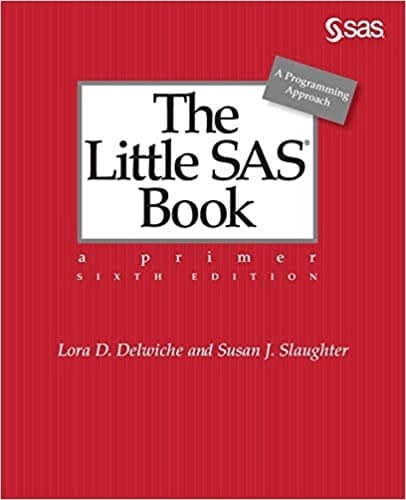
This little handbook is great for anyone interested in learning SAS programming. It details some of the most commonly used features of SAS languages. The concepts are presented in a user-friendly style, as two-page layouts filled with examples and graphics.
SAS Statistics by Example, Ron Cody
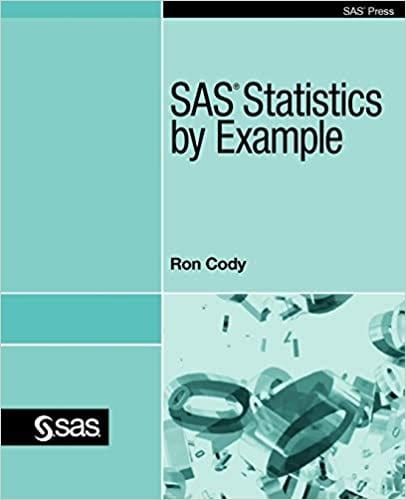
In this book, Ron Cody covers some of the most commonly used statistical tasks or techniques. The book is a clear approach to statistical analysis. Some of the topics covered include correlation, inferential statistics, descriptive statistics, categorical data analysis, and simple linear regression.
SAS Programming Guidelines Interview Questions You’ll Most Likely Be Asked, Vibrant Publishers
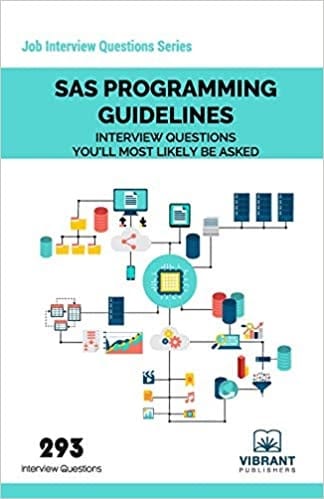
This guide is perfect if you want something to help you prepare for an interview for a SAS-related position. It includes 215 SAS programming guidelines, interview questions and answers, and proven strategies to get hired. It also covers 78 human resource questions and answers, and two aptitude tests.
Best SAS Certifications
Having a SAS certification validates your knowledge in the field and makes you qualified to be hired for some of the best positions.
SAS Global Certification Program
SAS certifications set you apart from the rest of your competitors and provide you with the necessary qualifications to get hired at some of the most prestigious IT companies. For this program, simply apply for a subject, prepare to learn, and get ready to be certified. It covers almost every topic of interest within SAS.
Best Online SAS Resources
There are many organizations and institutes offering resources about SAS. Browse our list below to solidify your knowledge.
SAS Institute
The SAS Institute offers many free training resources and online courses. These are carefully prepared by experts in the SAS field. The customized solutions provide students with hands-on learning opportunities. Their free resources are great for students and beginners who want to understand SAS but don’t want to spend a significant amount of money on courses.
UCLA Statistical Consulting
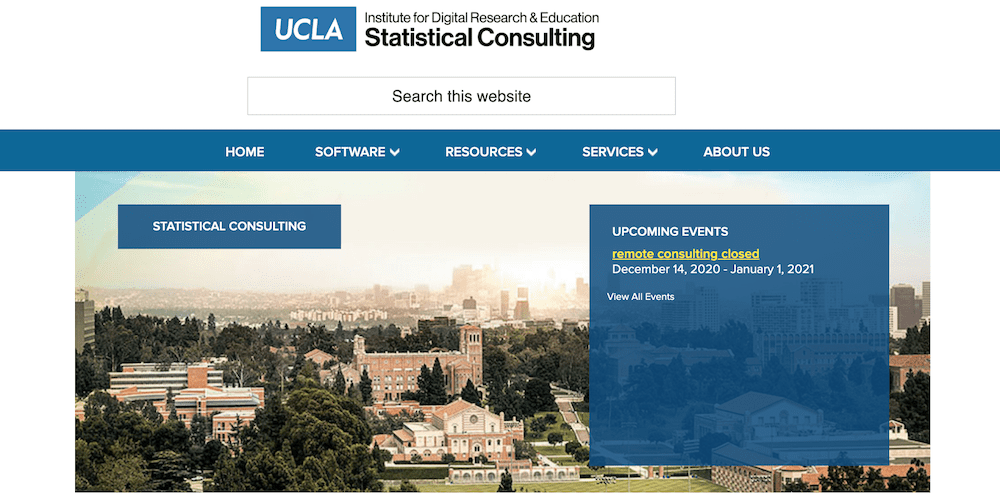
UCLA offers many resources on statistics and data analysis. Their resources enable students to develop their statistical computing skills and use common statistical packages for the analysis of research data.
Listen Data
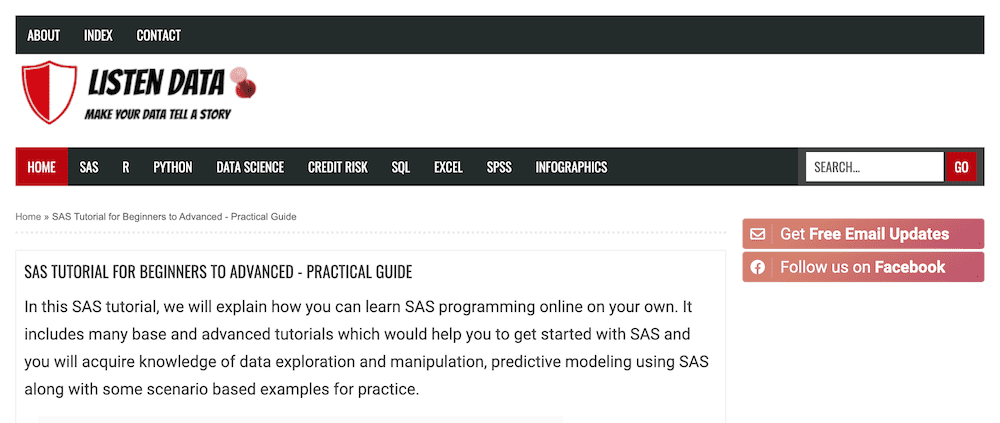
Listen Data provides many tutorials to help you get started with SAS. You will learn Base programmer SAS, SAS advanced, SAS analytics, and much more. The tutorials teach important concepts like data manipulation, predictive modeling, and report writing.
Should You Study SAS?
According to a study by MONEY and Payscale, SAS skills are considered among the top 21 that employers are looking for.
Companies are always looking to improve their services, implement cost-effective solutions, and beat their competitors. Professionals with SAS analytics skills are sure to remain an asset.
According to Payscale, the average SAS programmer salary is $78,057 with a low of $55,000 and a high of $119,000. Glassdoor lists an average SAS programmer salary at $62,453 with a low of $43,000 and a high of $95,000.
About us: Career Karma is a platform designed to help job seekers find, research, and connect with job training programs to advance their careers. Learn about the CK publication.



